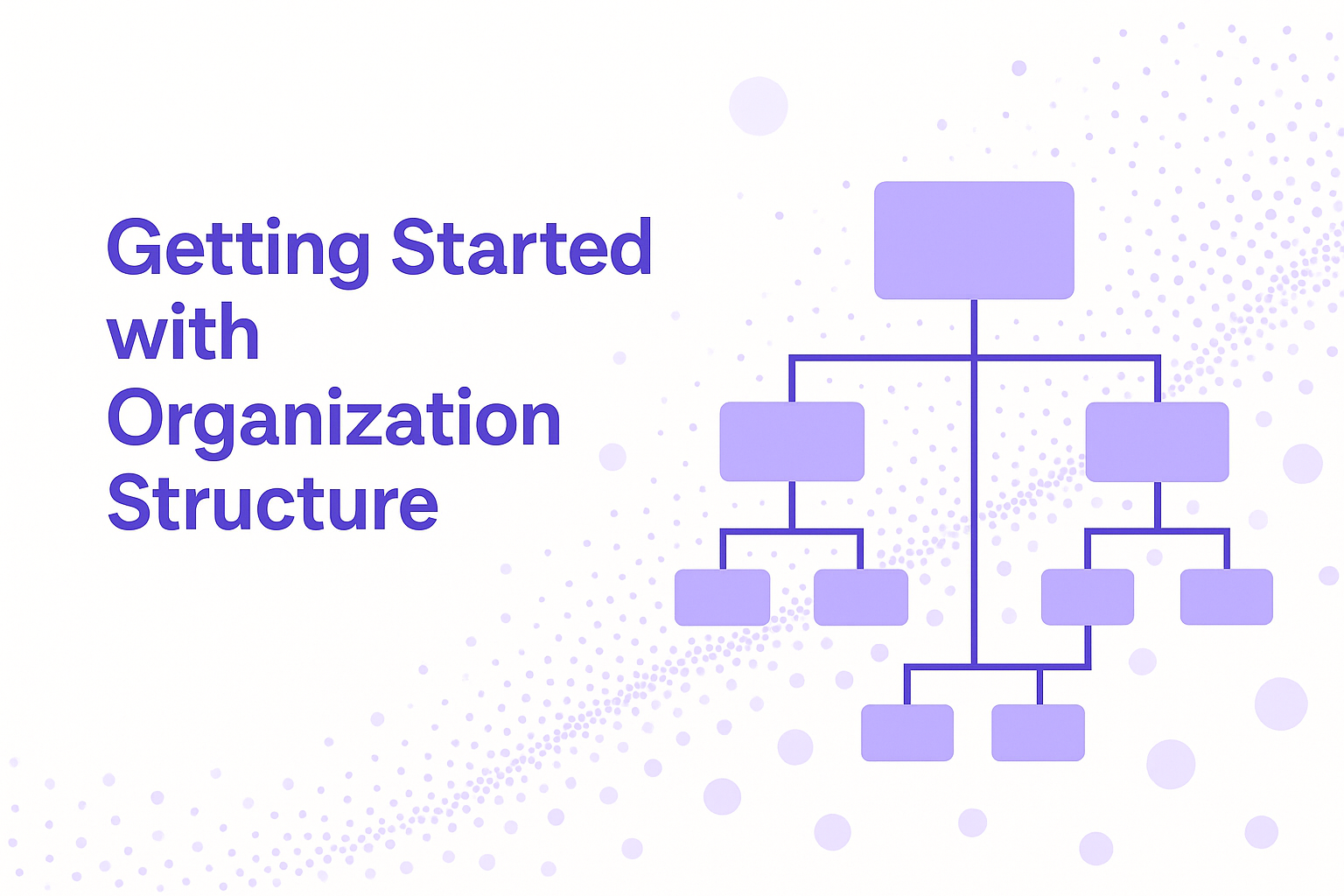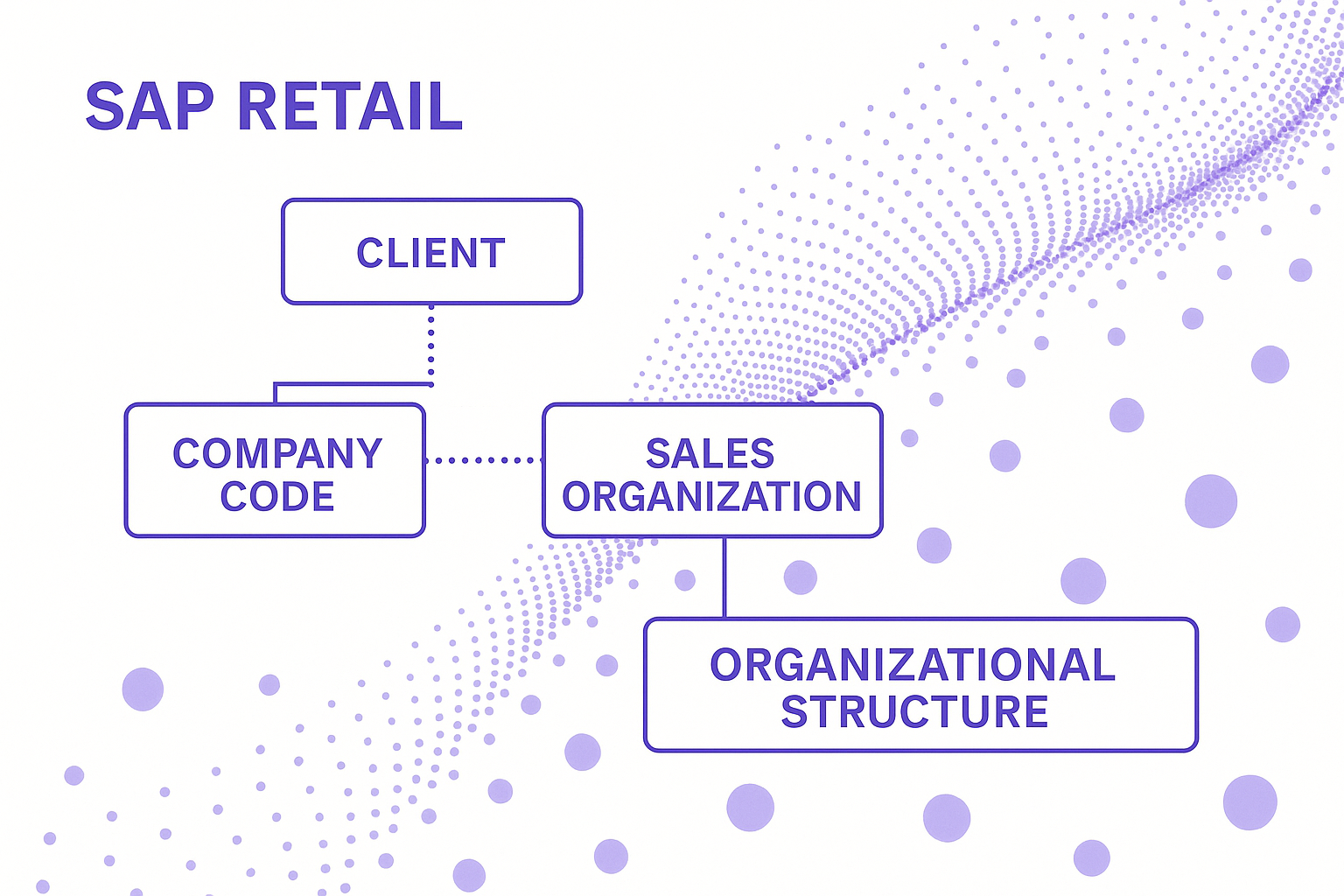Lesson Title:
Getting Started with Organization Structure

Lesson Description:
Welcome to this foundational session on understanding and establishing organizational structures within SAP Retail. Organizational structures are crucial as they accurately represent business processes across purchasing, sales and distribution, and financial accounting. This lesson introduces how these structures are defined, customized, and mapped within SAP, ensuring alignment between organizational units and business operations.

Lesson Learning Objectives:
-
Understand the importance and purpose of organizational structures within SAP Retail.
-
Identify the key components of an SAP organizational structure such as client, company codes, and sales organizations.
-
Learn how organizational structures are customized and mapped within SAP.
-
Recognize how organizational structures support effective business process management.
-
Understand how SAP Retail’s structure accurately reflects operational realities.

Terminology:
-
Client: The highest organizational unit representing an entire corporate group in SAP.
-
Company Codes: Legally independent accounting entities defining financial parameters like taxation, fiscal calendars, and local currencies.
-
Sales Organization: Unit responsible for all sales activities including product liability, customer contracts, and pricing.
-
Customizing: Configuring SAP systems to reflect specific organizational needs and processes.

Lesson Key Points:
-
Organizational structures provide a clear framework linking business processes to their corresponding organizational units.
-
The highest level in SAP Retail’s organizational structure is the client, encompassing all business activities.
-
Company codes function as independent accounting entities, defining critical financial parameters.
-
Sales organizations are essential components responsible for managing sales-related legal and operational tasks.
-
Proper mapping and customization ensure that SAP Retail aligns accurately with real-world business operations.

Lesson Summary:
This lesson introduced you to organizational structures within SAP Retail, highlighting their role in accurately reflecting an enterprise’s business processes. You learned about key components such as the client, company codes, and sales organizations, and how these are strategically customized and mapped within SAP. A well-defined organizational structure within SAP Retail ensures operational efficiency, accuracy in financial reporting, and effective management across various business units.
Lesson Takeaways:
-
A clearly defined organizational structure is foundational for effective SAP Retail utilization.
-
Understanding the relationship between organizational units and business processes is crucial for accurate system implementation.
-
Customizing organizational structures within SAP ensures alignment with specific operational requirements.
-
Key components like client, company codes, and sales organizations enable comprehensive and accurate management of business operations.